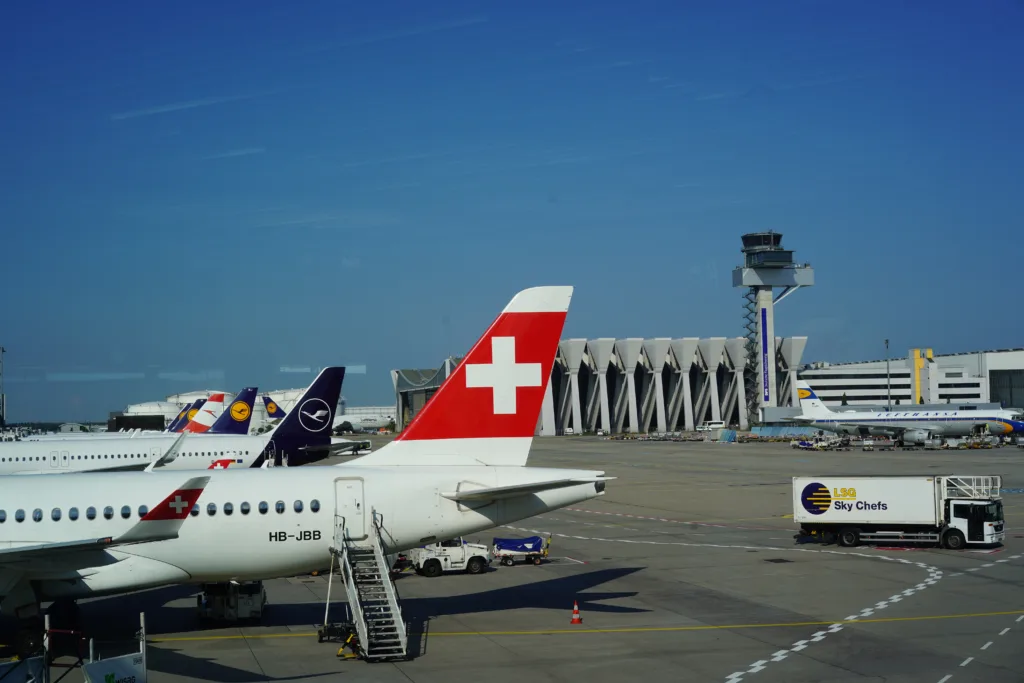Airspace is a critical aspect of aviation that helps ensure the safety of pilots and passengers. It is classified into different categories, ranging from A to G, based on the level of control and communication required for flights in that airspace. Among these categories, Class A, B, and C airspace require a transponder and altitude encoder, commonly known as “mode C,” to ensure the safety of everyone involved.
Class B airspace is the most regulated and controlled airspace, typically surrounding busy airports. It requires the use of a mode C transponder and communication with the air traffic control (ATC) tower at all times. To enter this airspace, pilots need to obtain clearance from ATC, which also monitors their altitude and location through the transponder. This helps to maintain a safe distance between other aircraft and ensure smooth traffic flow.
Class C airspace is less regulated than Class B airspace but still requires the use of a mode C transponder and communication with ATC. This airspace typically surrounds smaller airports or busy areas with lower traffic volumes. Pilots need to establish contact with ATC before entering this airspace and maintain communication throughout their flight. The mode C transponder helps ATC to track the aircraft’s altitude and location, ensuring safe separation from other aircraft.
Mode C transponders operate by sending out a signal that includes the aircraft’s altitude, which is determined by an encoder installed within the transponder. This information is relayed to ATC, allowing them to monitor the aircraft’s altitude and location accurately. Mode C transponders are essential for safe flight in Class A, B, and C airspace, as they help to prevent mid-air collisions and ensure that aircraft are separated by a safe distance.
Airspace and the mode C transponder are critical components of aviation safety. They help to regulate and control air traffic, ensuring that pilots and passengers can fly safely and securely. Pilots must comply with the regulations and requirements for each airspace category, including the use of a mode C transponder and communication with ATC. By following these guidelines, we can maintain a safe and efficient aviation system that benefits everyone involved.
What Airspace Requires A Mode C Altitude Encoding Transponder?
According to the Federal Aviation Administration (FAA), if you want to operate in Class A, B, or C airspace, or at an altitude of over 10,000′ MSL, or within a 30 nautical mile radius of the primary airport in Class B airspace, then you are required to have a transponder and altitude encoder that includes Mode C. This means that if you plan to fly in thee types of airspace, you must equip your aircraft with a transponder that can communicate altitude information to air traffic control (ATC) through Mode C encoding. This requirement is in place to ensure the safety and efficiency of the airspace system by providing ATC with accurate altitude information for all aircraft operating in the specified airspace.

Is Mode C Required Under Class C Airspace?
Mode-C transponder is required for all aircraft operating in Class C airspace. This is because Class C airspace is a controlled airspace where air traffic control (ATC) requires constant communication and monitoring of aircraft. The Mode-C transponder allows ATC to track the altitude of your aircraft, which is crucial for maintaining safe separation between airplanes. In addition to the Mode-C transponder, pilots must also maintain continuous communication with ATC via a two-way radio. Failure to comply with these requirements can result in serious safety hazards and potential violations of federal aviation regulations.
Does Mode C Transponder Have Altitude?
Mode C transponder has altitude capability. This type of transponder is designed to automatically transmit the aircraft’s altitude or flight level to the Air Traffic Control (ATC) through a coded signal. This altitude information is displayed on the controller’s radar screen, enabling them to keep track of the aircraft’s position and altitude. In addition to altitude, Mode C transponders also transmit the aircraft’s unique identification code. It is worth noting that Mode C transponders are mandatory equipment on aircraft flying in certain airspace, such as Class A, B, and C airspace in the United States.
Conclusion
Understanding airspace classification is crucial for pilots to ensure safe and efficient flight operations. The different classes of airspace each have thir own rules and requirements, which must be followed to maintain situational awareness and avoid potential conflicts with other aircraft. It is important to note that operating in Class A, B, or C airspace or at high altitudes requires specific equipment, such as a transponder with altitude encoding capability. Pilots should always check the current airspace restrictions and obtain necessary clearances before entering any airspace. By staying informed and adhering to the airspace regulations, pilots can navigate the skies with confidence and safety.
